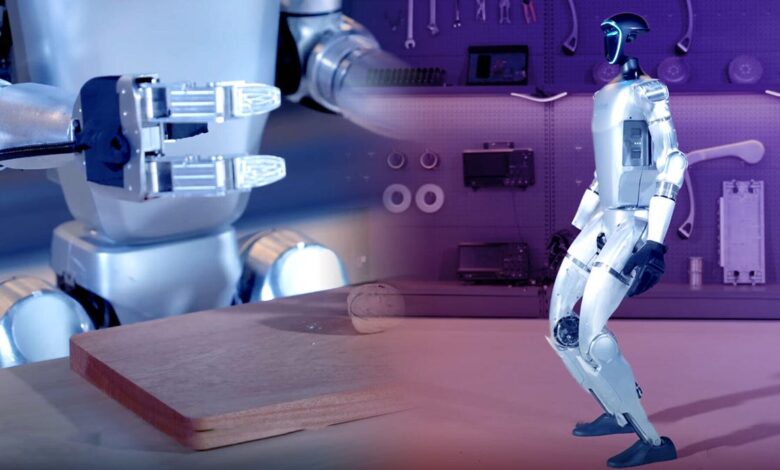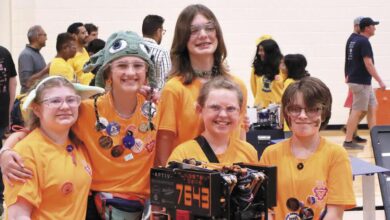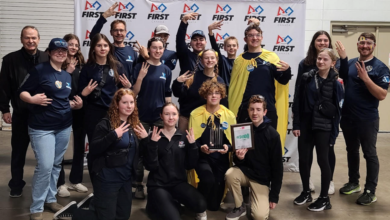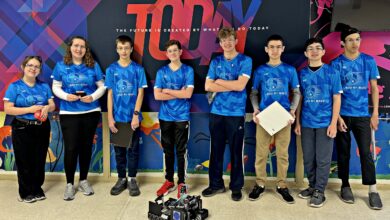Unitree G1 vs. Boston Dynamics Atlas: Hypermobility in Humanoid Robots – Video

Speaker 1: Uni Tree recently unveiled. Its G one Robot and much like Boston Dynamics new Electric Atlas Robot, it can move like a contortionist. Let’s break down the similarities and differences between these two humanoid robots and how their hypermobility may signal a shift in how humanoid robots are made and marketed. Let’s get into it. In its debut video, uni Tree’s G one, can be seen getting punched and staying on its feet cracking walnuts, opening a soda bottle, soldering, and showing [00:00:30] off the many ways it can move. Uni Tree has been competing with Boston Dynamics and developing both two legged and four-legged robots for several years now. While Boston Dynamics was working on its spot, robot Uni Tree was developing its four-legged competitors, including the B two and smaller, more affordable units like the Go-to on the humanoid front. Boston Dynamics had been using its original hydraulic Atlas Robot now going by HD Atlas as a research and development platform [00:01:00] showcasing its viral dance moves and agility uni tree’s.
Speaker 1: H one robot meanwhile was featured in marketing materials, breaking speed records and doing backflips without the help of hydraulics like those that powered HD Atlas. Now Uni Tree has unveiled its G one humanoid robot on the heels of Boston Dynamics revealing its new all electric Atlas. Boston Dynamics has said its new. Electric Atlas is a step toward the commercialization of its humanoid robot technology. However, the [00:01:30] details on this new atlas are still pretty scarce so far. Boston Dynamics has said it will be stronger with a greater range of motion than previous iterations. The company also has said it is working on new grippers for Atlas. The G one meanwhile has everything from stats to pricing broken down on uni tree’s website. The G one weighs a little over a hundred pounds, is just four feet, two inches tall and can fold itself into a smaller package, presumably for shipping and storage.
Speaker 1: It walks at a speed [00:02:00] of roughly 4.5 miles per hour, has a battery life of about two hours, and is priced starting at $16,000 for many years. Boston Dynamics Uni Tree and others have made extra efforts to present their robots as non-threatening by showing them doing things that were pretty ordinary to see human beings do things like dancing, running, jumping, handling delicate objects, or walking on uneven terrain. Now, it seems we’re entering an era where humanoid robots are starting to go [00:02:30] beyond the levels of strength and mobility, often seen in human beings. This emerging trend could be the result of numerous companies competing in the development of humanoid robots, each trying to set themselves apart from the others, or it could be the result of a public that’s seen so many videos of robots dancing that it yearns for something new. It could also be a combination of the two. Whatever the reason, this trend could have profound implications on how humanoid robot technology is developed and put to use in the world. What do you think of
Speaker 2: Hypermobility and humanoid [00:03:00] robots? Do you think there should be any limitations on what humanoid robots are capable of or how they can be put to use? Let us know down in the comments. As always, thanks so much for watching. I’m your host, Jesse Orle. See you next time with the fan.



